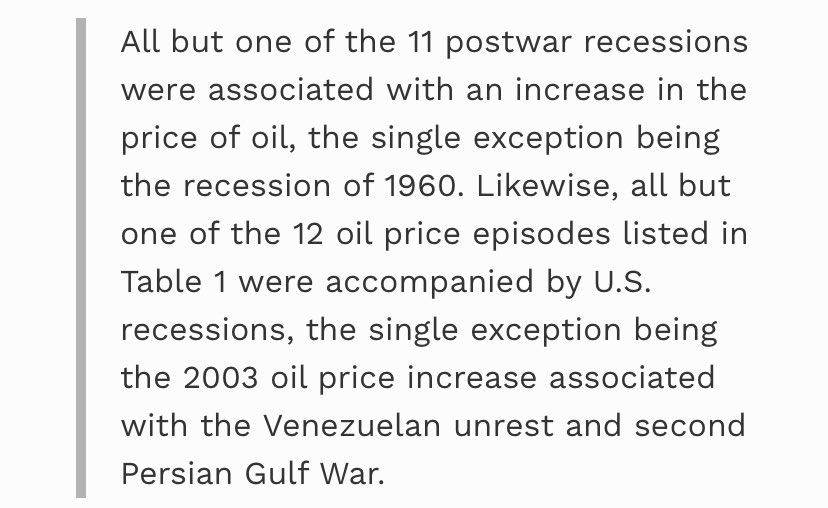A very broad big economic theory I loosely hold... for the past X decades, the global economy has had a speed limit set by inelastic energy supply. When things start to grow fast enough, we hit a speed limit that turns into inflationary forces....
This causes central banks to raise rates despite the fact that overall capacity utilization is not high. Especially labor markets utilization. Basically, we raise rates with an output gap, and indeed the output gap is hard to measure as energy price shocks confuse policymakers
What does this all mean? Inelastic energy supply is a first order driver of the decline in labor share in developed countries. We can’t get up to high levels of capacity utilization because the energy constraints kicks in.
But this is changing. One factor is fracking, which creates a much more elastic supply curve. Another, much better overall factor is solar and wind energy combined with battery tech.
I think the rise of fracking + clean energy will mean fewer recessions, and more time spent at full employment, and a higher speed limit of globrql growth, potentially giving us a return to a high labor share.
This is one reason why the “full employment” of the mid 00s sucked. It wasn’t real, we had high global energy prices making full employment look fuller than it was. And compare to post Great Recession when inflation remained so low for so long, with fracking...
We actually got to keep driving up labor utilization without hitting global energy price speed limits. Anyway it’s just one more damn reason to spend a lot more money doing whatever we can to push the clean energy tech frontier out faster
As James Hamilton (who would know best of literally anyone) writes https://econweb.ucsd.edu/~jhamilto/oil_history.pdf">https://econweb.ucsd.edu/~jhamilto...

 Read on Twitter
Read on Twitter


